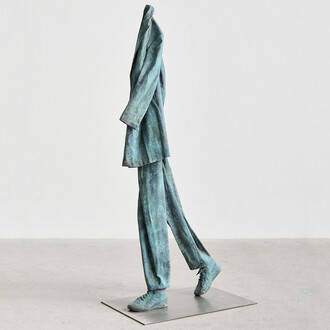Asia Society Museum in New York shines a spotlight on the work of nineteen contemporary artists from the South Asian diaspora. As individuals living between worlds, diasporic artists often negotiate notions of home and issues relating to migration, gender, race, and memory in their practice.
Lucid Dreams and Distant Visions: South Asian Art in the Diaspora, organized by Asia Society Museum with the support of the Smithsonian Asian Pacific American Center, will be on view from June 27 to August 6, 2017.
On the occasion of the seventieth anniversary of independence of the Indian Subcontinent from the British Empire, this exhibition, first proposed by Jaishri Abichandani, founder of the South Asian Women’s Creative Collective, provides a timely platform to celebrate these artists and their diverse perspectives, notably in response to the recent rise of nationalism and xenophobia that has swept the globe.
“Seen in the context of the turbulent state of affairs for immigrant populations, the work of diasporic artists working and living between worlds has taken on a new urgency in counterbalancing the retreat into simplistic identity politics and xenophobia,” said Boon Hui Tan, Asia Society Vice President for Global Arts & Cultural Programs and Director of Asia Society Museum. “Through a number of mediums, including photography, sculpture, and video, the artists featured in Lucid Dreams and Distant Visions challenge prevailing stereotypes and assumptions of South Asian identities in the United States today.”
The artists, all living in the United States, represent a microcosm of the American experience and their respective practices across four decades have collectively impacted the development of contemporary art in the United States. They reflect the diverse demographics of South Asia and their work engages the nuanced cultural specificities of the region, as well as the racial and cross‐cultural tensions in the current sociopolitical climate.
















